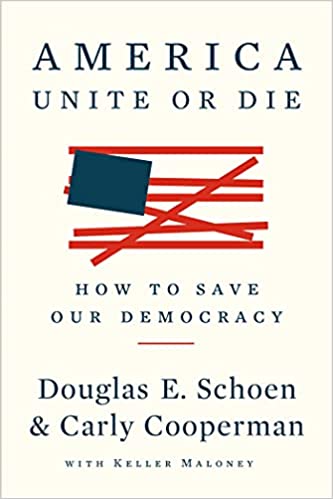
The media has been having a field day with the recent collapse of a clothing factory complex in Bangladesh that has killed 400, with many more dead still buried in the rubble.
Since the mills inside the complex made garments for such well-known Western firms as Benetton and Wal-Mart, almost every story quotes some anti-globalization activist accusing those firms of putting profits ahead of safety.
The comments by leftie blogger Richard Mellor are typical: “the guilty are not the small fry [who own and manage the factories] but the executives in the board rooms of Wall Street.”
One of the most popular blogs on the Web describing the disaster is titled “The Terror of Capitalism.”
This is nonsense, and dangerous nonsense at that.
The sad truth is that it was anti-free market capitalist policies, both in the West and in Bangladesh, that lit the fuse for this particular disaster, as well as for a rash of fires in other Bangladeshi clothing factories that have killed hundreds.
The sad truth is that it was anti-free market capitalist policies, both in the West and in Bangladesh, that lit the fuse for this particular disaster.
It’s a classic example of what can happen when a government decides it knows best how to grow an economy–and how bad economic policy can trap millions in poverty, not to mention in the rubble of sub-standard factories.
Bangladesh is the most densely populated country in the world, with its 160 million perched atop a major flood plain. Three-quarters of the country is less than ten meters above sea level; its sad short history is pockmarked by disastrous floods, cyclones, and famines (one of the worst floods in 1998 left 31 million people homeless).
Under these conditions poverty is endemic. So when in 1974 the United States and Europe imposed quotas on how much inexpensive textiles could be imported from Japan, Hong Kong, and South Korea, a desperate Bangladeshi government decided to fill the gap in supply this created for Western clothing makers, by gearing the nation’s entire economy around a home-grown textile industry specializing in cheap garments produced at rock bottom prices.
It was classic top-down industrial policy of a kind only a Soviet bureaucrat–or an Obama green jobs czar–could love. It took almost three decades for the effort to pay off: Bangladesh’s economy is now growing at almost 6% a year, and it’s now the world’s second clothing exporter after China.
The problem is, with garments making up 80% of the country’s total exports, it’s thrown the rest of the economy out of balance–like a body builder spending all her time in the gym working on her right biceps.
The same Solyndra-style preferential policies the government uses to pump up its garment producers, work to keep other industries out, including foreign competitors who might produce that clothing more efficiently and even–it’s now obvious–under safer conditions.
For example, Bangladesh’s tariffs on foreign imports are far higher than its neighbors India and Pakistan. But if you are a garment producer you get special tax breaks on imported fabric and machinery; if you’re not, you pay high duties like everyone else.
If you’re a garment producer, you don’t have to fool with workers’ unions (the government has banned them) and wages are kept uniformly low by government fiat.
And if you’re a garment worker, the forty dollars a month you make beats a life of poverty in your native village. But there’s no incentive for working harder to earn more, or no other industries to go to that pay anything near as well–even as the factory owners’ cozy relations with government inspectors hides any safety or health problems, including from the Western firms who buy their product, until it’s too late.
So it isn’t capitalism but Western protectionism and a government that plays favorites, that turned Bangladesh into Sweatshop Nation–and turned a factory into a killing zone.
Historian Arthur Herman is a senior fellow at the Hudson Institutein Washington, D.C. He is author of seven books, including New York Times bestseller “How the Scots Invented the Modern World” (2001); the Pulitzer Prize Finalist “Gandhi and Churchill”(2008); “To Rule the Waves: How the British Navy Shaped the Modern World” (nominated for the UK’s Mountbatten Prize); and the highly acclaimed “Freedom’s Forge: How American Business Produced Victory in World War II,” which The Economist magazine picked as one of the Best Books of 2012. His most recent work is “The Cave and the Light: Plato Versus Aristotle, and the Struggle for the Soul of Western Civilization” (Random House 2013). Follow him on Twitter@ArthurLHerman.

